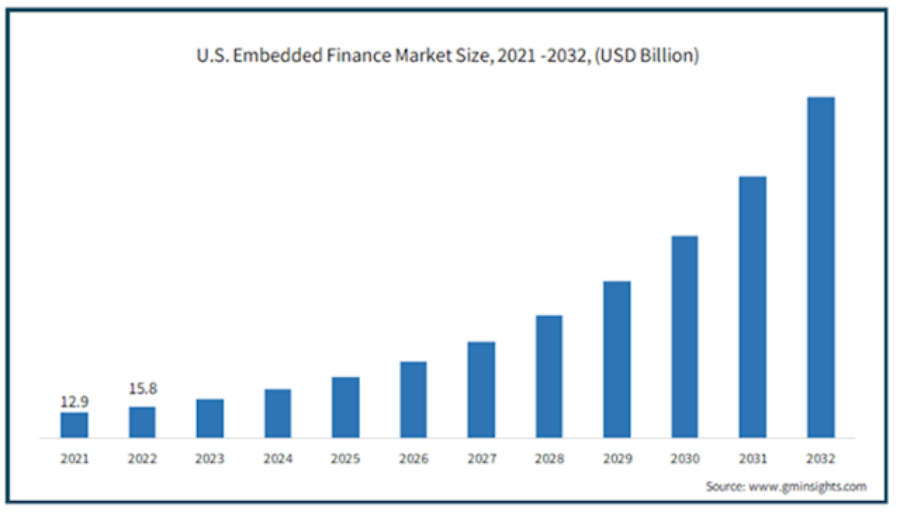
Blogging is a vital instrument in digital marketing. Beyond just sharing ideas, blogs have emerged as one of the main drivers of content marketing. Whilst blog content is a great way of getting in front of your audience, merely reaching readers isn’t the only goal; you must also turn them into devoted customers.
When done right, blog articles can be crucial to customer conversion. Seeking content marketing services from an agency can be a good idea if you know your company doesn’t have the resource to work on blog content in-house. But if you do, and you’re looking to upgrade your blog content production, here are nine ways to convert your blog readers into engaged customers.
#1 Understand Your Audience
Before you can convert reads into customers, the first step is to know them. Get to know who is reading your content and the questions they want answers to. To do this, you’ll need to develop buyer personas.
By determining your target demographic, you can start to learn more about their traits and inclinations. This involves diving into the psychographics that are influencing consumer behavior and looking beyond more basic demographics like age and geography, though these still provide important insights for your brand.
It is also imperative to analyze client pain points. What difficulties does your target audience face? Which issues are they attempting to resolve? By identifying these problems, your content may be positioned as a remedy, creating a feeling of relevance and connection. A thorough understanding of your audience and their needs is the first step in the conversion process.
#2 Craft Compelling Headlines and Introductions
Your blog’s headline is the first aspect potential readers will see when they encounter your article. It has the important task of catching your reader’s eye and creating enough intrigue that they click and read your article. Readers will decide in a matter of seconds if they want to read your article, so you need to make every second count. Using powerful words and emotive language is as essential to creating effective headlines as picking the right keywords.
These attention-grabbing hooks help establish the tone for the rest of the piece. Like the first act of a play, the introduction must grab the audience’s attention. It matters how you say things as much as what you say. A captivating opening increases the likelihood that a reader will stick around and, eventually, convert.
#3 Create Valuable and Relevant Content
The key to growing the number of conversions coming through blogs is to deliver content that informs and directly tackles your clients’ pain points. It is essential to understand their demands to provide them with value, by providing solutions. Blog content is a great way of delivering this.
You can start by portraying your product or service as the solution to an issue, rather than merely exhibiting it. Using content formats such as storytelling offers a more personal touch. Stories evoke strong emotions in people, and when you humanize your content, it does the same. This emotional resonance can transform readers from passive readers into active consumers, changing their behavior.
#4 Optimize Your Content for Search Engines
The visibility of your blog is crucial in the digital sphere. Search Engine Optimization (SEO) is helpful in this situation. You start with keyword research, where you’re identifying all the different terms your readers use to access your content. Once you’ve identified the keywords that best align with your company, you want to create content that is optimized towards those terms. This involves looking at various factors within the article, from your headings through to your image alt tags. However, if search engines deem your blog relevant enough they will rank for you for the desired terms, growing the visibility and reach of your blog content.
#5 Engage Audiences with Visual Content
The adage “a picture is worth a thousand words” is accurate in content marketing. Including visual aids like infographics, charts, high quality photos, and videos is a great way of keeping your readers engaged.
If you do use visual aids in your content, you’ll find they break up the text’s monotony and increase your content’s readability and sharing quality. In doing this, they also play a significant role in reader retention, a vital conversion process aspect.
#6 Use Effective CTAs
All content you create should be done so with an objective in mind. As well as creating content that meets the needs of your readers, consider what you want them to do, and incorporate that into your content as well. If you have a desired action you want to promote – whether it be a sign up, a download or a purchase – then make sure your blog content has a clearly signposted call-to-action (CTA). This is where you’re asking your readers to take a specific action. Including well-placed call-to-actions (CTAs) in your content helps readers go from consuming information to engaging further with your brand.
CTAs must align with your content objectives; they should be clear and have a sense of urgency. They should make the next steps for the reader clear and alluring to nudge them toward conversion.
#7 Leverage Analytics for Continuous Improvement
The beauty of creating content online is the amount of data you can access. When creating blog content, data analytics is essential to understanding the performance of your blog. This data can help you get to know the types of content that perform well for your brand and which pieces don’t perform as expected, helping you adapt your planned content to focus on creating pieces you know are more likely perform.
Analytics helps you understand user behavior in real-time, allowing you to modify your content strategy in response to up-to-date information. It’s a ongoing cycle of improvement that ensures your blog stays relevant and efficient at turning visitors into buyers.
Conclusion
Creating blog content that converts covers multiple key areas, starting with research from user persona development to brainstorming ideas, and following on with optimizing the content you create to ensure it’s engaging, relevant and holds the readers interest from start to finish. By ensuring your content has an objective and isn’t content for the sake of content, your brand is a step closer to streamlining its marketing efforts to only focus on outputs that are most effective.







